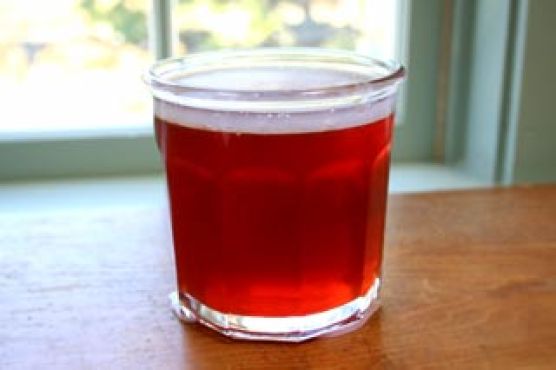Quince jelly is a delightful and versatile condiment that brings a unique flavor to your table. With its beautiful amber hue and sweet-tart taste, this jelly is perfect for spreading on toast, pairing with cheese, or adding a touch of elegance to your favorite dishes. Made from the often-overlooked quince fruit, this recipe is not only dairy-free but also a fantastic way to preserve the essence of fall in a jar.
In just 45 minutes, you can create a batch that serves up to 40 people, making it an ideal choice for gatherings or as thoughtful homemade gifts. The process of making quince jelly is both rewarding and simple, requiring just a few key ingredients and some basic kitchen equipment. As you simmer the quince and extract its juice, the aroma will fill your kitchen, enticing everyone around.
What sets this recipe apart is the balance of flavors achieved by combining the natural sweetness of the quince with just the right amount of sugar. The result is a jelly that is not overly sweet, allowing the unique flavor of the quince to shine through. Whether you enjoy it as a dip, spread, or condiment, quince jelly is sure to impress your family and friends. So roll up your sleeves and get ready to embark on a delicious culinary adventure!
